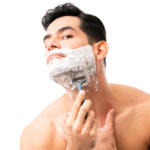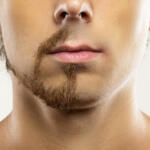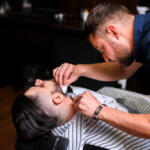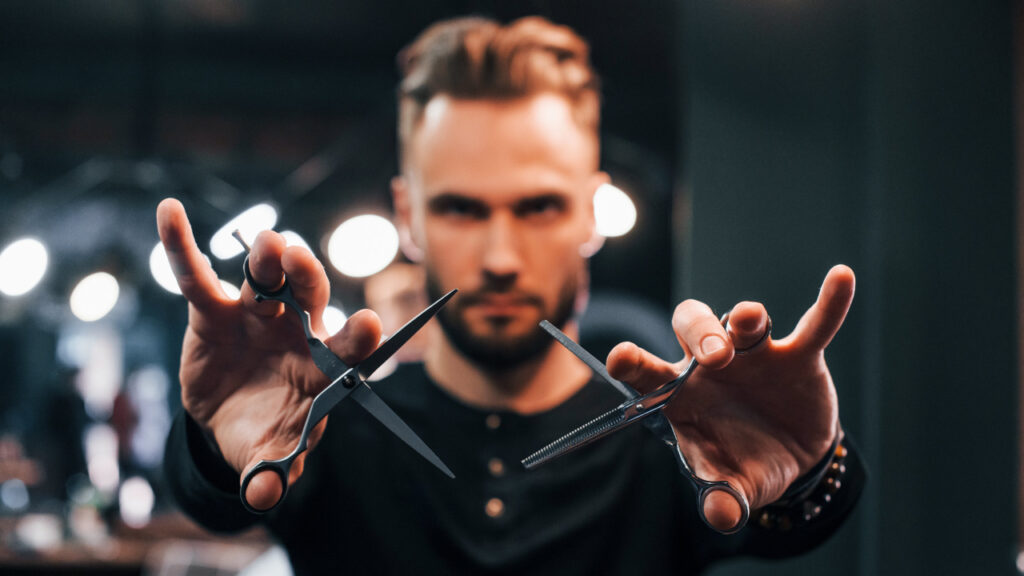
Barbers must pass an exam to obtain a state license to practice. They must also finish an approved barbering program, cosmetology program, or a barbering apprenticeship.
Barbers must be imaginative and have excellent listening, customer service, and time management skills to collaborate with customers and complete tasks on schedule. They should also be neat so that their workstation may remain tidy, organized, and physically fit because they spend most of the day on their feet.
The work of a barber
A barber trims, washes, combs, and cuts their client’s hair. When people wish to improve their appearance, barbers frequently accept walk-ins or appointments. Lather treatments and hot wax shaving are examples of additional services. To summarize the entire procedure, barbers cut, trim, or shave their clients’ beards and then wash their hair afterward.
Cleaning or disinfecting cutting tools and maintaining a clean work area are other responsibilities of the position. To conclude the customer’s visit, barbers may apply scalp treatments or hair colors depending on the customer’s demands.
Five Steps to Becoming a Barber
A professional barber may be attained with the right training and hands-on experience. Here are the first five steps to becoming a certified, qualified barber.
Step 1: Be a high school graduate or equivalent
Before enrolling in any form of cosmetology or barbering training program, barbers, hair stylists, and cosmetologists must have completed high school or hold a GED in most states. A high school diploma or GED can be obtained in a classroom or online through recognized programs.
Step 2: Work as a barbershop front desk clerk
A barbershop receptionist position may offer insight into whether the barbering profession is the appropriate match. High school diplomas are often necessary for barbershop receptionists, and prior retail or customer service experience is frequently encouraged or even essential.
However, because a barber license is unnecessary, working as a receptionist might be useful for gaining first-hand knowledge of the barber industry. Receptionists frequently deal with customers, handle merchandise, keep the store clean, book appointments, and accept phone calls.

Step 3: Enroll in a barbering program or work as an apprentice
In barber schools, styling methods mostly geared toward males are taught. Men’s haircuts and styles, beard and facial shaving, razor cutting, permanent waving, scalp treatments, and men’s facials/skin care are the topics covered in class. Hair coloring is taught at certain barber schools. However, it is typically not covered in the course material.
A state-recognized/approved barber school’s curriculum often combines theory and practical instruction in subjects like:
- Bacteriology
- Hygiene
- Sterilization and sanitation
- Straight razors
- Stropping and honing
- shampoo and scalp massage
- Skin and scalp conditions
- Physiology
- State laws, rules, and ordinances governing barbers
A different choice is to look for an apprenticeship. Some seasoned barbers will coach trainees and give hands-on instruction. Although an apprentice will still study from a textbook, they will get more one-on-one time than they would in a regular barber school.
However, not all jurisdictions accept apprenticeships as a substitute for barber school, and getting a formal license could need additional training hours.
Step 4: Pass the State Board Exam and Obtain a License
Attending barber school will teach you a variety of skills and methods. You should understand the best methods for cutting hair based on the client’s needs and how to style someone’s hair.
You’ll also learn how to correctly shave a man’s face using straight razors and conventional foam shaves. Shaving is a science and an art. Along with cutting, styling, and dyeing hair, barber school students also learn how to give men’s hair permanent waves. You will also learn much about barbershop safety and cleanliness to do your profession properly and securely.
The business management skills you learn at barber school can prepare you for success if your professional path involves owning your own barbershop business or managing a salon.
There are two barber classes you should choose from if you want to focus on becoming a barber.
A full-pledged barber is a qualified individual with the right to provide the following hair and beard-related services:
- Shaving
- Cutting
- Trimming
- Curling
- Waving
- Coloring
- Shampooing
- Arranging
- Dressing
Additionally, barbers may apply oils, lotions, or creams to the face, scalp, or neck using their hands or a mechanical tool.
On the other hand, a restricted barber is limited to:
- Hair cuts
- Shampooing
- Shaving
- Blowing dry
- Hair sprays and tonics
They are both skilled, but a barber has a larger range of duties and knowledge.
What conditions must a barber license meet?
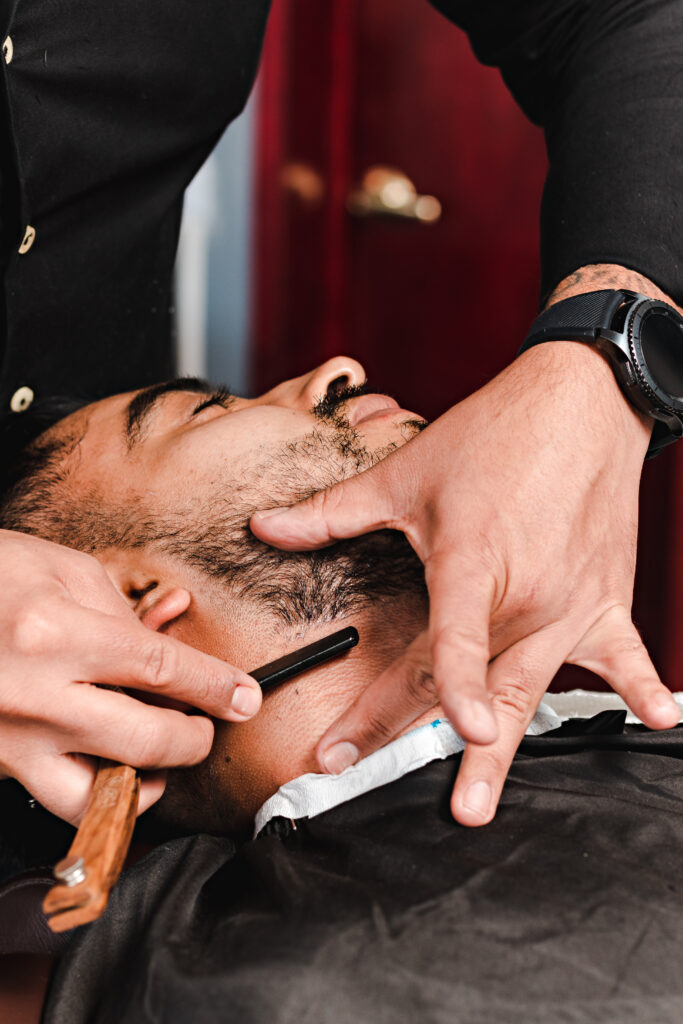
State-specific licensing criteria for barbers differ, but generally speaking, it requires 1500 hours of education in a barber school to qualify for the examinations. Additionally, you’ll need to pass the relevant licensure test, be at least 16 years old, and have a high school certificate or GED.
If you have a felony conviction on your record, you may be able to apply for your license in some states but not in others. To find out if it is allowed, we advise getting in touch with your local board.
Discover the particular criteria for your state of residency before starting your training program. Find out how many hours are necessary to become a barber in your state by visiting the page on state licensing requirements.
Additionally, you should call your state’s licensing agency to confirm that your data is accurate and that the conditions for obtaining a license haven’t changed recently.
Everyone who can cut hair may also be a barber. However, in the United States, it is advantageous to become a licensed professional by going through a school or earning a degree to prevent potential legal problems.
Step 5: Submit a Barber Job Application
Barbers can find employment outside of barbershops. Barbers can freelance, start their own business, or work at spas, hotels, and resorts once they have finished their training and obtained their licenses.
The average yearly barber pay in 2023 is $33,343 as of January 26, 2023, but the range typically falls between $26,843 and $40,155. According to Salary.com. According to the U.S. Bureau of Labor Statistics, barbers may expect a 7% increase in employment between 2018 and 2028.
| Job Type | Barber |
| Education | Barber or cosmetology school |
| Licensing | License from the state board of barbering and cosmetology |
| Key Skills | Tidiness, time management, customer service, interpersonal communication, physical strength, and stamina |
| Average Salary (2023) | $33,343 |
| Job Outlook (2018-2028) | 7% |
Skills needed for barbering
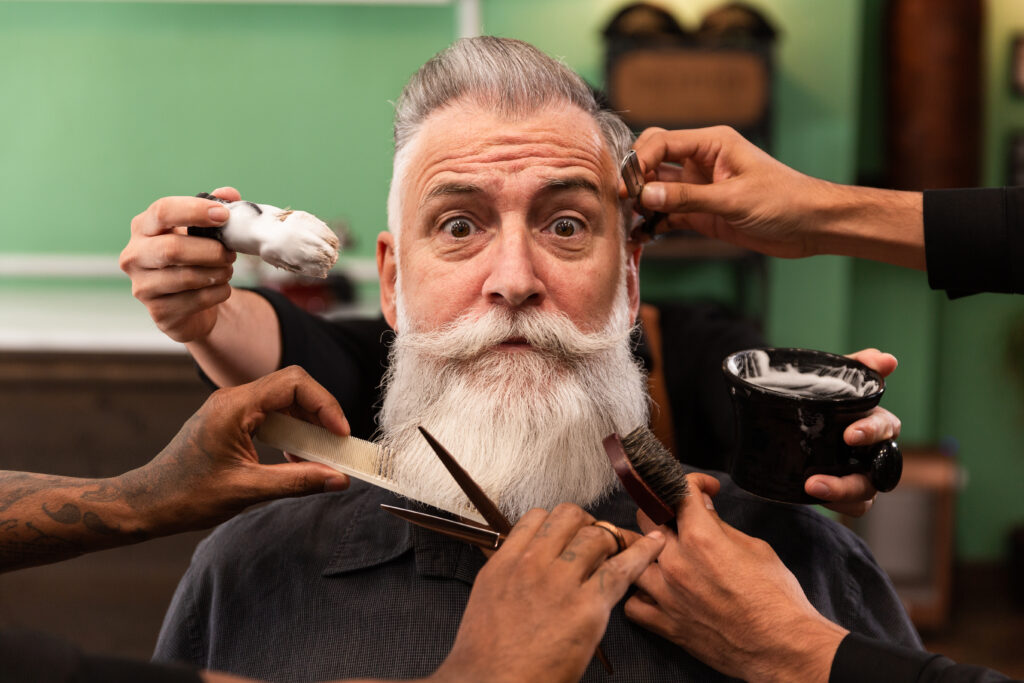
Cutting hair for clients is just one aspect of being a barber. Giving them a grooming experience that allows them some leisure is the goal. As a barber, this often calls for you to listen to your clients, allot adequate time for each client, and so on.
The fundamental abilities needed to become the finest barber possible are outlined below.
Keen to details
Every person that enters your store has a distinct desire. Both the hair and the heads themselves are unique. You must identify what clients want to give clients the most accurate results.
You may do this with every consumer by paying close attention to minor nuances. Being meticulous facilitates your job, elevates the customer’s experience, and fosters return business.
Customer service
Knowing customer service is essential for managing a walk-in business or booking appointments. Word-of-mouth advertising is simpler for businesses with excellent customer service than those offering high-end services but failing to please clients.
This implies that the quality of your offerings and your customers’ experiences are equally important.
Communication
Any service-oriented career requires good communication skills. However, it’s not just about your skill to express yourself; it’s also about your capacity to comprehend the client’s needs. Understanding the customer’s demands and effectively outlining the process saves you time and enhances the client’s experience.
Time management
If your barbershop is one of the well-known ones in your neighborhood, running one might be stressful. It is impossible to overstate the value of time management in a professional context. Barbering is not any different.
You must give each customer the appropriate amount of time while keeping the business clean and maintained. Some barbers even make house visits, which adds to their commute time. Without effective time management, all of this is impossible.
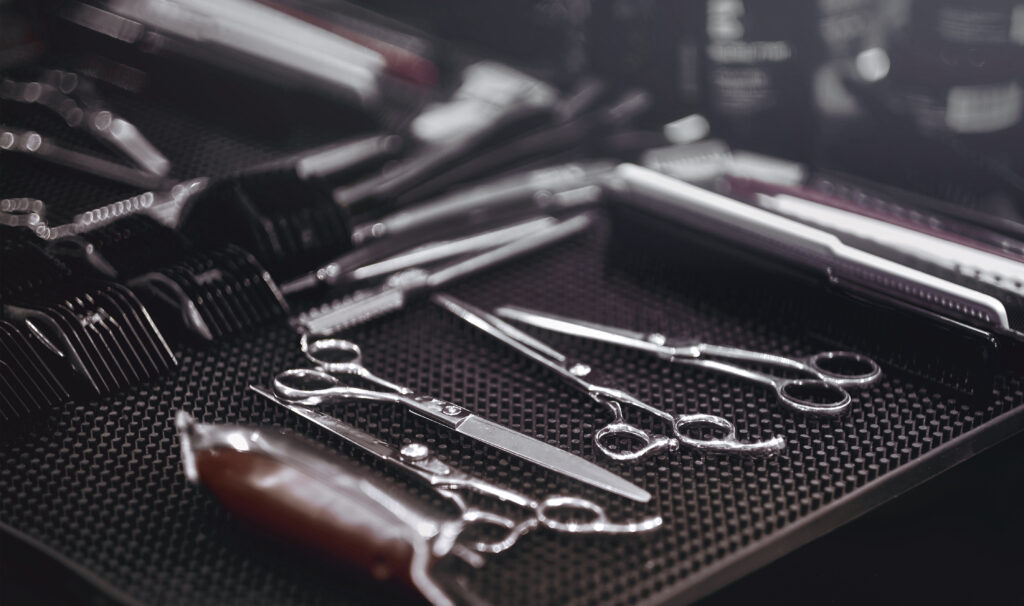
Creativity
As a barber, having an eye for artistic detail is undoubtedly advantageous. To create the desired style for the customer, you’ll need to stay current with all fashion trends and know the proper techniques.
Physical endurance
It can get a little tiresome working all day behind a barber chair. The hands will probably be worn out from all the buzzing from your clippers, and your feet and back will likely suffer. To ensure you can keep up with your clients, consume your Wheaties daily before work.
Cleanliness
It’s inevitable that as a barber, you will occasionally have hair, equipment, and hair products all over the place because it’s part of the work. Maintaining a clean and healthy work environment is another crucial aspect of the job.
You should take this action to ensure that you adhere to the correct health and safety measures. Maintaining a clean and organized personal appearance is a good idea as it makes you appear more professional.
What it’s like to be a barber
Barbering is one of the distinct occupations with the least overlap in shop management and technicality. If you want to become a barber, you should be ready for and expect the following six things:
- Spending a lot of time moving and standing
- Scheduling clients over the phone or in person
- Close interaction with people
- Using tools for haircutting, such as scissors, razors, and others
- Putting on wax, hairspray, and gel as the client requests
- Be your own boss, set up labor schedules, and maintain the efficiency of your store.
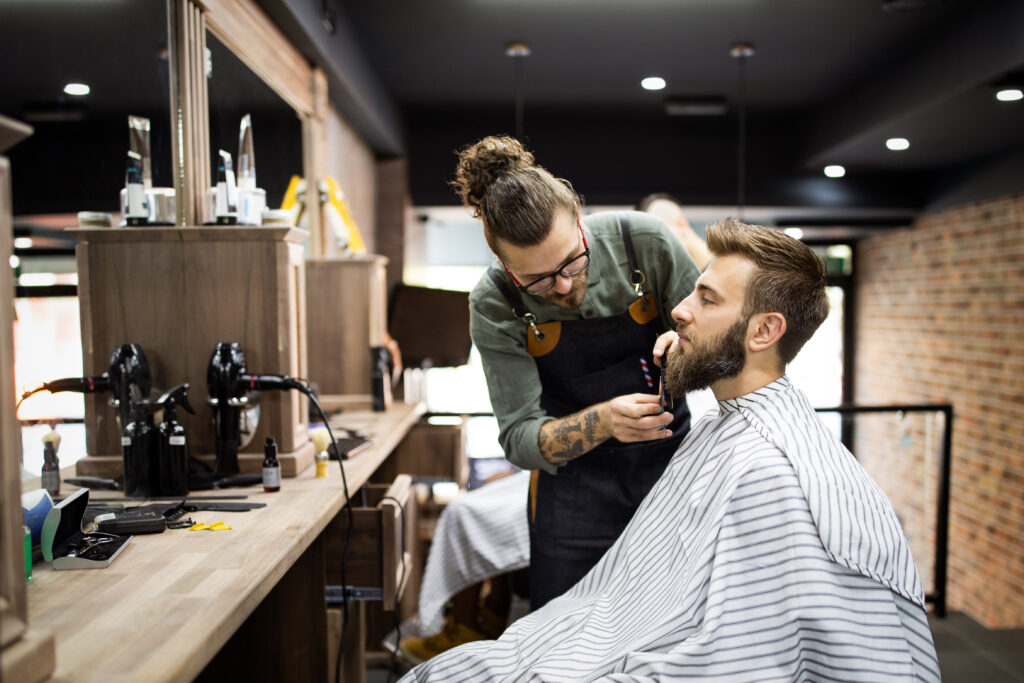
Pursuing a Career as a Barber
The bulk of today’s barbers undoubtedly was motivated to consider this profession due to their sense of style and happy recollections of going to their neighborhood barber, even if there are undoubtedly female barbers in the field.
A trip (or three) to the barbershop is most definitely for individuals thinking about pursuing this vocation. One of the greatest ways to understand a barber’s day is to observe the environment, the clients, and the barber’s job.
A barber is a specialist in shaving, trimming, and grooming men’s hair and treating their facial hair, skin, and scalps. Barbers work mostly in barbershops, but several upscale resorts and spas now have full-time barbers on staff to cater to business travelers.
People who want to become successful barbers should be outgoing and pleasant, love making new friends, and enjoy spending most of their working day mingling with the customers they serve. Those interested in barbering should know they will be on their feet and using their hands for most of the day.
Once they develop a steady clientele, barbers typically benefit from flexible scheduling, laid-back working settings, and good pay.
What are some of the job opportunities for barbers?
There are several employment opportunities available to barbers. A barber may start his own business or work in an established salon. In addition, some barbers choose to train to become licensed teachers and operate in a barber school to impart their knowledge to others.
These are just a few examples of the positions that qualified barbers may hold:
- Barber
- Apprentice barber
- Manager/director of a barbershop
- Manager/director of a barbershop
- Master barber and hairdresser
- Hairstylist for men
- Trichologist
- Famous barber
According to the Bureau of Labor Statistics, the number of employment for barbers, hairdressers, and cosmeticians will increase by 11 from 2021 to 2031. This might result in the creation of tens of thousands of new employment. According to the BLS, Texas, New York, California, Washington, and Georgia are the states with the most barbers working there (2015). New York City, Houston, and Los Angeles metro regions have the greatest employment rates.
Conclusion
Becoming a barber is not easy, but with the right mindset and adequate preparation, the possibility is endless. We hope that this article helped you inch your way toward reaching your dreams. Good luck!
Last update on 2024-04-20 / Affiliate links / Images from Amazon Product Advertising API
Affiliate Disclosure: This post contains affiliate links, which means I may receive a small commission, at no extra cost to you, if you make a purchase using these links.

Jay Kang
Just because i'm asian does not mean I don't need shaving. I always wanted to grow a beard when I was young, now I need to shave because hair growth for me is a problem. I'm going through what every man will and has gone through before.

